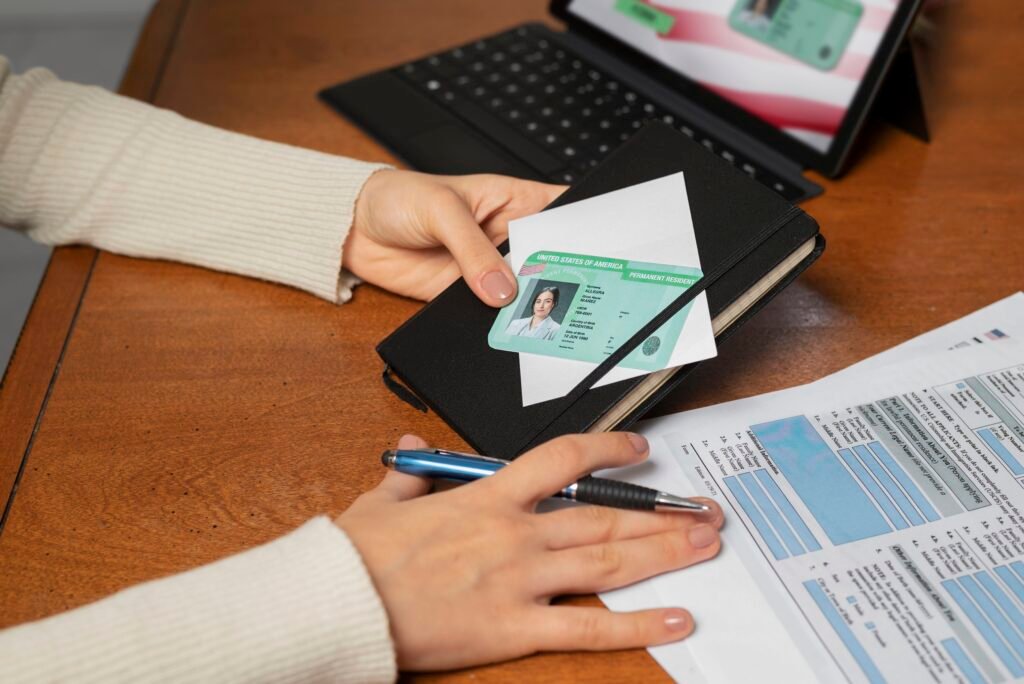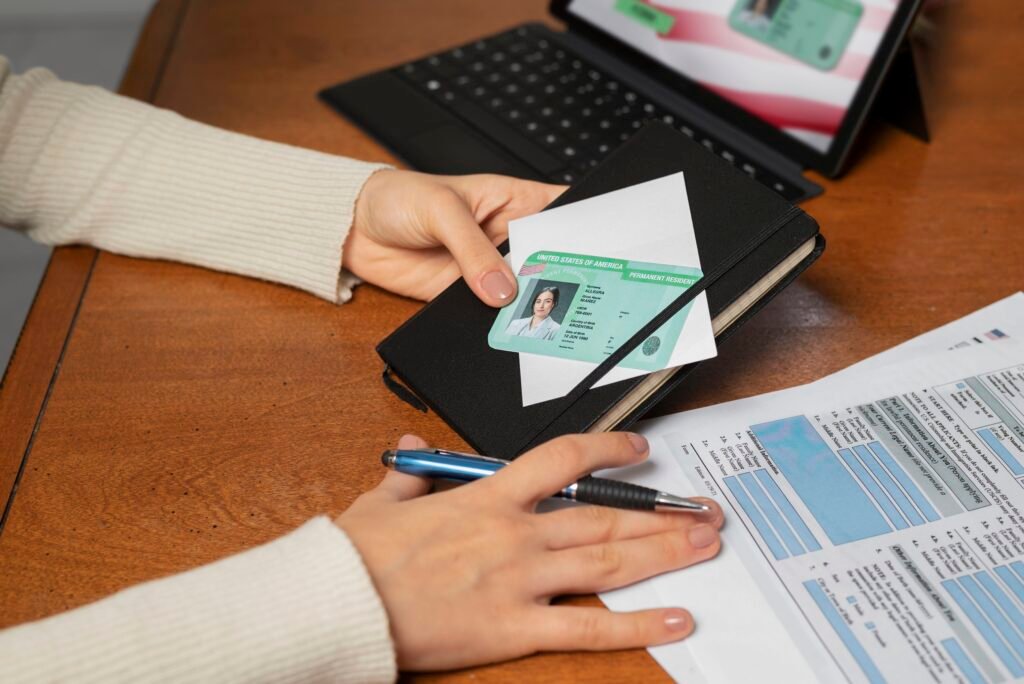Wayfarer Weekly: International Transit Coordination
Wayfarer Weekly consistently tracks developments in international transit systems, offering insights into how travelers navigate complex networks across countries and continents. Understanding international transit coordination involves examining how air, sea, and land transport integrate with policies, infrastructure, and technology to ensure seamless movement across borders.
This article explores the systems that facilitate international travel, the role of regulatory frameworks, technological advancements, and the challenges associated with coordinating transit across multiple jurisdictions. By presenting detailed analysis, Wayfarer Weekly highlights how global mobility relies on well-organized transit networks and efficient international policies.
The Structure of International Transit

Multimodal Transportation
International transit depends on multimodal systems combining air, sea, and land transport. Efficient coordination ensures that travelers experience smooth transitions between airports, train stations, and ports. Wayfarer Weekly observes that the success of international transit frameworks often depends on interoperability between these modes.
- Air Travel: International airports act as primary nodes, linking global destinations with secondary regional hubs.
- Maritime Transport: Ports facilitate cargo and passenger movement, supporting trade and tourism.
- Rail and Road Systems: International corridors connect cities and countries, enhancing accessibility and travel efficiency.
Integration and Connectivity
Integration involves synchronizing schedules, ensuring security compliance, and providing travelers with consistent information across borders. Wayfarer Weekly notes that digital tools, real-time monitoring, and standardized procedures are critical for maintaining continuity in international transit.
Air Travel Coordination
Global Air Hubs
Air travel forms the backbone of international transit. Airports like London Heathrow, Dubai International, and Singapore Changi serve as major hubs connecting multiple continents. Wayfarer Weekly emphasizes that hub efficiency is crucial for minimizing delays and optimizing passenger flow.
Slot Management and Scheduling
Coordinated flight scheduling ensures minimal congestion and efficient connections. International agreements on airspace usage and airport slots allow airlines to operate effectively. Wayfarer Weekly highlights that proper coordination reduces delays, optimizes aircraft utilization, and enhances passenger experiences.
Aviation Policies
Harmonized aviation policies, including visa regulations, customs, and immigration procedures, facilitate international travel. Wayfarer Weekly observes that agreements such as open skies arrangements and bilateral air services treaties enhance connectivity between countries.
Maritime Transit Networks
Major Shipping Routes
Maritime transit remains vital for global trade and tourism. Key shipping lanes, such as the Panama Canal, Suez Canal, and Strait of Malacca, act as strategic points in international transit. Wayfarer Weekly notes that efficient management of these routes ensures smooth movement of goods and passengers worldwide.
Port Operations
Ports serve as gateways for international transit, integrating cargo handling, passenger terminals, and customs procedures. Wayfarer Weekly emphasizes that modern ports incorporate technology for scheduling, tracking, and digital documentation, enhancing overall transit efficiency.
Ferry and Coastal Travel
In regions with islands or extensive coastlines, ferries provide essential connectivity. Coordinating schedules with land and air transport ensures that passengers and goods transition seamlessly across different modes of travel. Wayfarer Weekly observes that such coordination supports regional integration and tourism development.
Land-Based International Transit

Rail Corridors
International rail corridors connect neighboring countries, facilitating passenger travel and freight movement. Examples include the Euro-Asian rail networks and the European high-speed rail systems. Wayfarer Weekly highlights that rail integration requires standardized gauges, scheduling coordination, and cross-border agreements.
Road Networks and Border Crossings
International highways provide critical links for cross-border travel. Coordinated border management ensures smooth customs and immigration procedures. Wayfarer Weekly notes that harmonizing policies across borders reduces bottlenecks and enhances travel predictability.
Intermodal Coordination
Combining road, rail, and maritime transit allows for comprehensive international connectivity. Wayfarer Weekly emphasizes that intermodal terminals, digital logistics platforms, and synchronized scheduling are central to effective transit coordination.
Digital Infrastructure in Transit
Integrated Ticketing Systems
Digital platforms streamline booking and ticketing across multiple transport modes. Wayfarer Weekly observes that unified ticketing allows travelers to plan international trips efficiently, reducing delays and enhancing the overall experience.
Real-Time Information
Access to real-time updates regarding delays, route changes, and border conditions is essential. Wayfarer Weekly highlights that mobile applications, smart devices, and integrated databases improve communication between travelers and transport operators.
Security and Compliance
Digital monitoring systems support security measures, ensuring compliance with international regulations while maintaining a smooth flow. Wayfarer Weekly records that technology integration minimizes risks and enhances operational efficiency across borders.
Policy Frameworks and Agreements
Visa Coordination
Harmonized visa policies and agreements, such as Schengen-like arrangements, streamline cross-border travel. Wayfarer Weekly emphasizes that visa facilitation plays a critical role in enabling predictable international transit.
Customs and Immigration
Efficient customs and immigration procedures reduce delays for travelers and cargo. Wayfarer-Weekly notes that international cooperation ensures consistent standards, facilitating smoother transit experiences.
Environmental and Safety Standards
Sustainable transit practices, safety regulations, and operational standards are essential for maintaining reliability. Wayfarer Weekly highlights that adherence to environmental standards and safety protocols ensures long-term operational viability and traveler confidence.
Regional Observations

Europe
Europe demonstrates advanced coordination of international transit with integrated air, rail, and road systems. Wayfarer Weekly notes that cross-border agreements and centralized digital infrastructure contribute to highly efficient mobility.
Asia
Asia’s transit systems combine modern airports, high-speed rail, and maritime hubs. Wayfarer-Weekly observes that regional frameworks support extensive international travel despite geographic diversity.
Americas
North and South American transit networks include air hubs, highways, and maritime routes. Wayfarer Weekly highlights the importance of bilateral agreements to coordinate cross-border travel.
Africa
Africa is developing international transit frameworks through strategic infrastructure investments. Wayfarer-Weekly notes improvements in ports, airports, and rail corridors as critical for regional integration and mobility.
Challenges in International Transit
Wayfarer Weekly identifies several ongoing challenges, including:
- Infrastructure disparities across countries.
- Policy inconsistencies affecting border efficiency.
- Digital integration gaps between transport operators.
- Environmental and sustainability concerns are impacting operations.
Addressing these challenges requires continuous collaboration between governments, transport authorities, and private stakeholders to maintain effective transit coordination.
Future Directions
Wayfarer Weekly anticipates several trends in international transit coordination:
- Enhanced digital integration for ticketing, scheduling, and monitoring.
- Development of smart intermodal hubs connecting air, sea, and land transport.
- Increased harmonization of visa, customs, and safety regulations.
- Adoption of sustainable transit technologies and environmentally conscious practices.
These developments aim to enhance reliability, predictability, and traveler satisfaction while supporting global mobility goals.
Conclusion
Wayfarer Weekly provides detailed insights into international transit coordination, highlighting the importance of integrated frameworks across air, maritime, and land transport. Coordinated policies, digital infrastructure, and cross-border collaboration enable smooth travel and efficient movement of goods.
By examining systems, trends, and challenges, Wayfarer-Weekly demonstrates that effective international transit requires continuous investment, policy alignment, and technology adoption. Understanding these frameworks ensures that global mobility remains structured, predictable, and adaptable for the evolving demands of international travelers.
